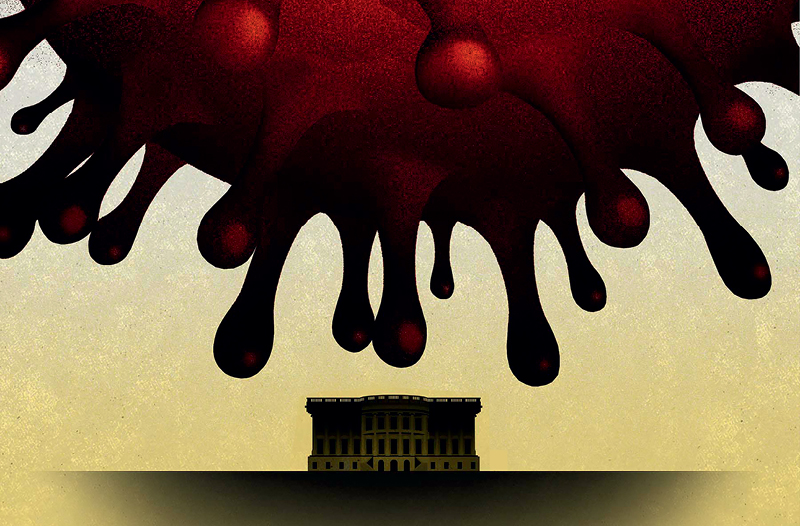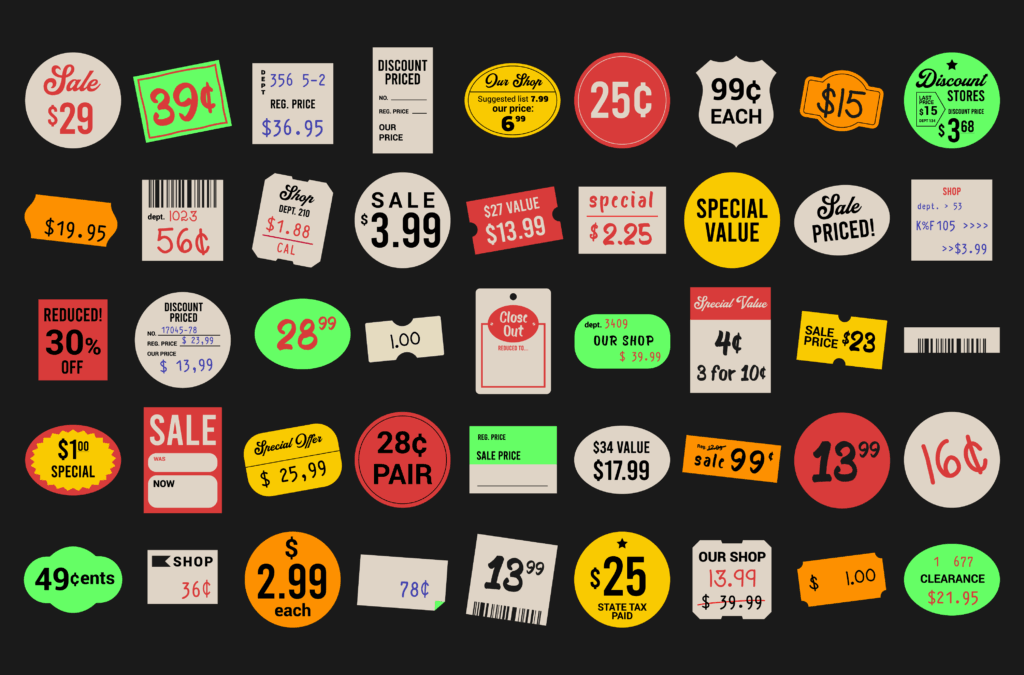
Build Pricing Transparency App-titude

Galvin is an advocate of improving transparency efforts to reveal healthcare pricing while implementing high-deductible health plans and health savings accounts.
These steps, he says, could not only reduce employers’ and employees’ healthcare costs but could also help transform the system overall.
We are keeping people blind by creating co-pays or doing things like paying for every employee’s flu shots. You don’t pay anything as the patient, but those shots may have cost the plan $200. And you didn’t realize that the shot isn’t free. Instead, they could have come into the office under contract and given everyone a shot, and instead of costing $200, they would have only been $20 apiece.
But if, instead of going to the ER, you went to one of these urgent care centers, it might have cost $200 instead of $3,000. So now people are becoming educated, but they are becoming educated by getting hit over the head with a stick when they see that bill.
For the state of Maine, we looked at top-100 procedures to see how much people who went for care in Maine with commercial insurance paid last year. We discovered they paid $302 million. We then asked this question: if they had shopped and gone to the lowest-cost place that still had the highest-quality metric according to our data, how much could they have saved?
What we found is they could have saved 43%, or $131 million, on those top-100 procedures. In Massachusetts, they paid $1.5 billion for those procedures and could have saved 40%, or $578 million. In New Hampshire they did a little better; the costs were $578 million, and they could have saved $202 million, just over 39%.
We’re seeing 18% to 27% savings for the bulk of our customers. The differences are often driven by two key factors. First is whether or not the plan design has a financial alignment that drives shopping. The best is where the premium or claims cost savings are shared with the employee in the form of an employer-funded HSA. Of course, that must be paired with a high-deductible health plan, which eliminates the structures that obscure the actual costs from the employee (like co-pays). Second is employer leadership buy-in. When we see the company CEO engaged, we can often see near-perfect engagement from employees.
As we’ve been in the marketplace, we have worked with third-party administrators that are releasing claims files for their communities under HIPAA. Under the terms of use, users give us permission to get explanations of benefits sitting in the portal, and we grab the last 12 to 15 months and de-identify it and those bits of data we combine in our database. We now have 3.3 billion claims in our database. We’ve been in New England and launched our national database in August.
I had been educated on these things called high-deductible health plans and health savings accounts by my physician, who was fed up with being told how to run his practice by insurers. When I started my fourth company, I decided to set up a zero out-of-pocket exposure plan. I got a high-deductible plan—$5,000 or $10,000—with a small premium deduction, and I fully funded their HSAs with the premium savings. That meant they had $5,000 in their account to keep if they didn’t spend it. If they ran out of money they were given to pay bills, they could bring their bills to HR, and they would cut them a check up to the $10,000 where insurance kicked in.
People loved it. It turned everyone instantaneously into caring healthcare consumers. Suddenly they wanted to know costs ahead of time. The company saved 32% on this generous zero-deductible plan. We surveyed the employees, and they had on average saved 75% of the money they had in their HSAs. The next year, premiums dropped by 7%.
This was when I got involved in legislation for price transparency. I discovered the state of New Hampshire had to submit every claim they paid to the insurance department quarterly, so they had this massive database. I decided to create price transparency. At the time, an app called Gas Buddy let you do a search at current location to find out gas prices nearby. We decided to create a healthcare version of Gas Buddy on mobile phones.
The reason for that is most of the shopping has been done in a very abnormal way. You go to the doctor, and they send you for a procedure or test. They send the order out, and you are scheduled to go Thursday at 3 p.m. to another doctor or for a test. The shopping platforms in the past have said, “Call us after that, and we’ll help you find a lower-cost place and give you a financial incentive.” They still don’t show you prices, but they have experts who will tell you what to do.
That’s not a natural shopping experience. I love TVs, so how do I find a new one? I Google it or go on Amazon and get a nice clean list of the cost and what the descriptions are. There isn’t a lot of price discrepancy, because people can get that information so readily and are able to shop ahead of time. But most people won’t turn around and change their doctor’s orders; that’s not the way they shop.
That’s where the opportunity is. You can make it a natural shopping experience and make it in a platform so they can bring it to their own doctors. It’s easy access at their fingertips, and that makes all of the difference.
Employers and individuals paying for their own insurance are looking for new solutions. This new round of price transparency tools brings the consumer back in. When you eliminate all of the broken optics, they can sit down with their doctor and figure out what works best for them.
It has to be as intuitive as Google and give you similar information: where do I go and what am I going to pay. It’s also important to have the quality score. People misunderstand and think the highest price thing is the highest quality, and that isn’t true in healthcare. In study after study, there is no relationship between cost and quality in healthcare. It doesn’t work like other industries.
Don’t complain about the cost of care or inability to provide care for everyone if you are going to continue to be a bad consumer. My worst nightmare is when I go to an employer and they say they have a zero-deductible plan and don’t want to change it.
They could be building a retirement account and get zero out-of-pocket exposure and have a quarter of a million dollars sitting in their retirement account. The result on society in general is that healthcare costs will become a more perfected marketplace where productivity is rewarded like in other markets.




